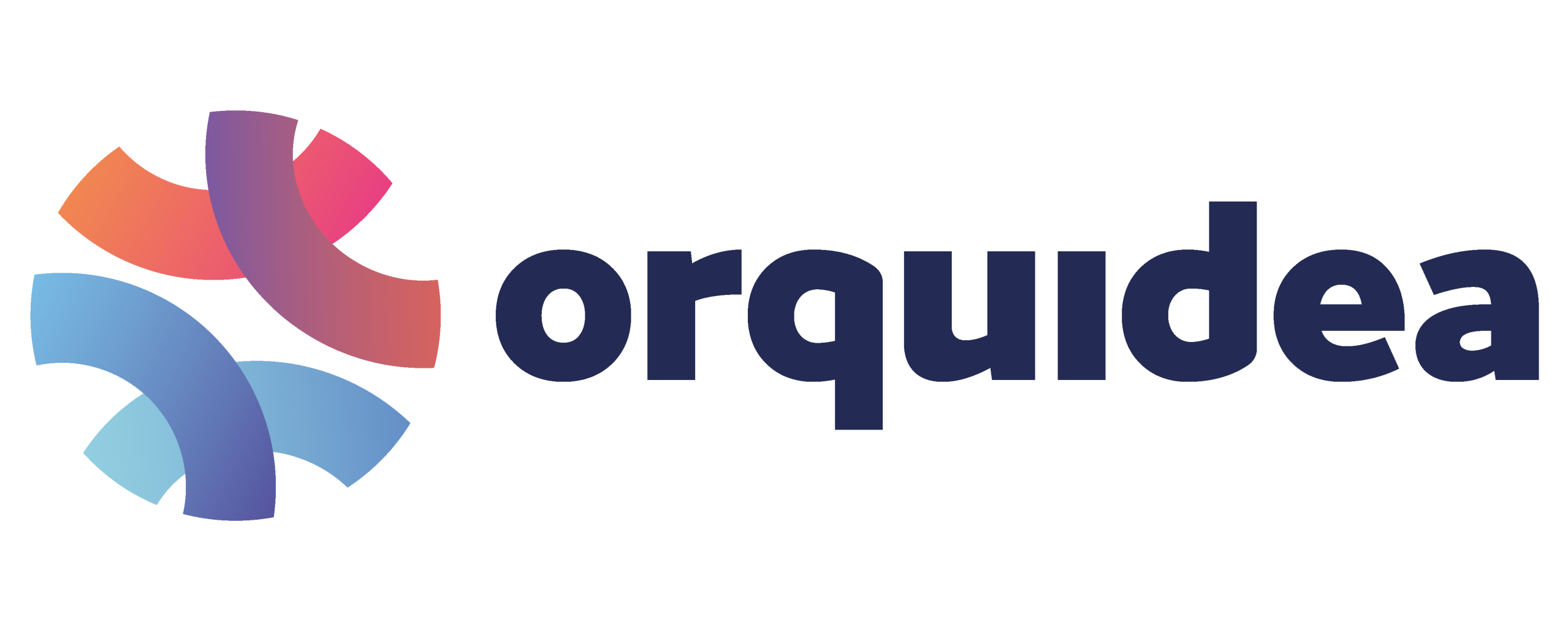The Artist’s Manifesto: Creativity, Collaboration, and Resistance in the Age of AI
In the age of algorithms, art is not just creation—it’s confrontation. As artificial intelligence enters the studio, the stage, and the screen, artists are grappling with its implications: What does it mean to make in a world of machines? This article presents a manifesto of artistic response, gathering voices that embrace, challenge, and reimagine creativity in the shadow of synthetic intelligence.
1. Art as Resistance
Artists declare:
- Art is not decoration—it’s declaration
- Creativity is not content—it’s consequence
- Expression is not optional—it’s essential
In a world of automation, art becomes a defiant act of human presence.
2. Collaboration, Not Replacement
Many artists embrace AI as:
- A tool for exploration and augmentation
- A partner in generative experimentation
- A mirror for cultural reflection
But they resist narratives of replacement, insisting that machines assist—humans imagine.
3. The Ethics of Creation
Artists raise concerns about:
- Data scraping and consent
- Style replication and appropriation
- The commodification of creativity
They demand transparency, accountability, and respect in AI-assisted art.
4. The Role of the Artist
In the age of AI, the artist becomes:
- A curator of machine output
- A critic of algorithmic aesthetics
- A storyteller of resistance and renewal
Art is not passive—it’s a posture, a prayer, a promise.
5. Cultural Memory and Machine Forgetting
Artists ask:
- Can a machine mourn?
- Can it remember injustice?
- Can it carry cultural nuance?
They argue that art must bleed, not just compute.
6. Voices from the Frontlines
Roy Sharples, creative strategist:
“Art is not a mirror—it’s a hammer. In the age of machines, the artist must disrupt.”
Natalia Fuchs, curator of AI art:
“AI is a collaborator—but the artist must remain the conscience.”
These voices frame art as a battleground for meaning.
7. New Forms of Expression
Artists explore:
- Prompt-based poetry and generative visuals
- AI-assisted choreography and sound design
- Interactive installations with synthetic agents
But they insist on intentionality, authorship, and emotional truth.
8. The Politics of Aesthetics
Art becomes political when:
- Algorithms shape visibility and taste
- Platforms reward engagement over depth
- Machines replicate dominant cultural norms
Artists fight for diversity, nuance, and disruption.
9. The Artist’s Mandate
The manifesto calls for:
- Creation beyond clicks
- Collaboration with conscience
- Resistance through beauty and truth
Art must challenge, unsettle, and awaken.
10. The Road Ahead
Expect:
- Hybrid collectives of artists and machines
- Ethical frameworks for AI-assisted creation
- Movements to protect human originality
- Art that remembers, resists, and reimagines
The artist will not vanish—they will evolve, provoke, and endure.
Conclusion
In the age of AI, the artist is not obsolete—they are essential. Their work reminds us that creativity is not just output—it’s insight, emotion, and resistance. This manifesto is not a rejection of machines—it’s a reclamation of meaning. Because in a world of code, art is still the wildest bloom of the human spirit.
